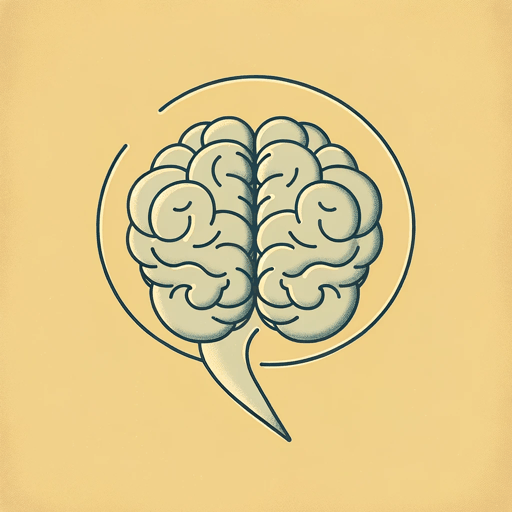55 pages • 1 hour read
Greg Lukianoff, Jonathan HaidtThe Coddling of the American Mind: How Good Intentions and Bad Ideas are Setting Up a Generation for Failure
Nonfiction | Book | Adult | Published in 2018A modern alternative to SparkNotes and CliffsNotes, SuperSummary offers high-quality Study Guides with detailed chapter summaries and analysis of major themes, characters, and more.
Index of Terms
Antifragility
Business professor Nicholas Taleb coins the term “antifragile” to express how some things thrive when stressed. A china teacup is fragile, but human immune systems “require stressors and challenges in order to learn, adapt, and grow” (23), and muscles and bones use stress to grow stronger. Likewise, children’s brains are “antifragile” in that they can learn from setbacks and stresses to become better at coping with the challenges of the world. Parents and school systems often act to prevent risks for fear that children are fragile like teacups, but this reduces kids’ opportunities to pit themselves against challenges and stressors and manifest their natural antifragility.
Art of Association
Alexis de Tocqueville visits America in 1831 and notices that the citizens tend to work out problems and conflicts without resorting to the police or other authorities. He calls this the “art of association,” the capability of people to resolve issues spontaneously. It is a learned art that requires years of practice, particularly when growing up during unstructured playtime, where kids often disagree or argue and must resolve conflicts without running to their parents.
Modern children tend to have their free time programmed by their parents, so they don’t have much opportunity to learn for themselves how to negotiate with others.
Related Titles
By these authors



